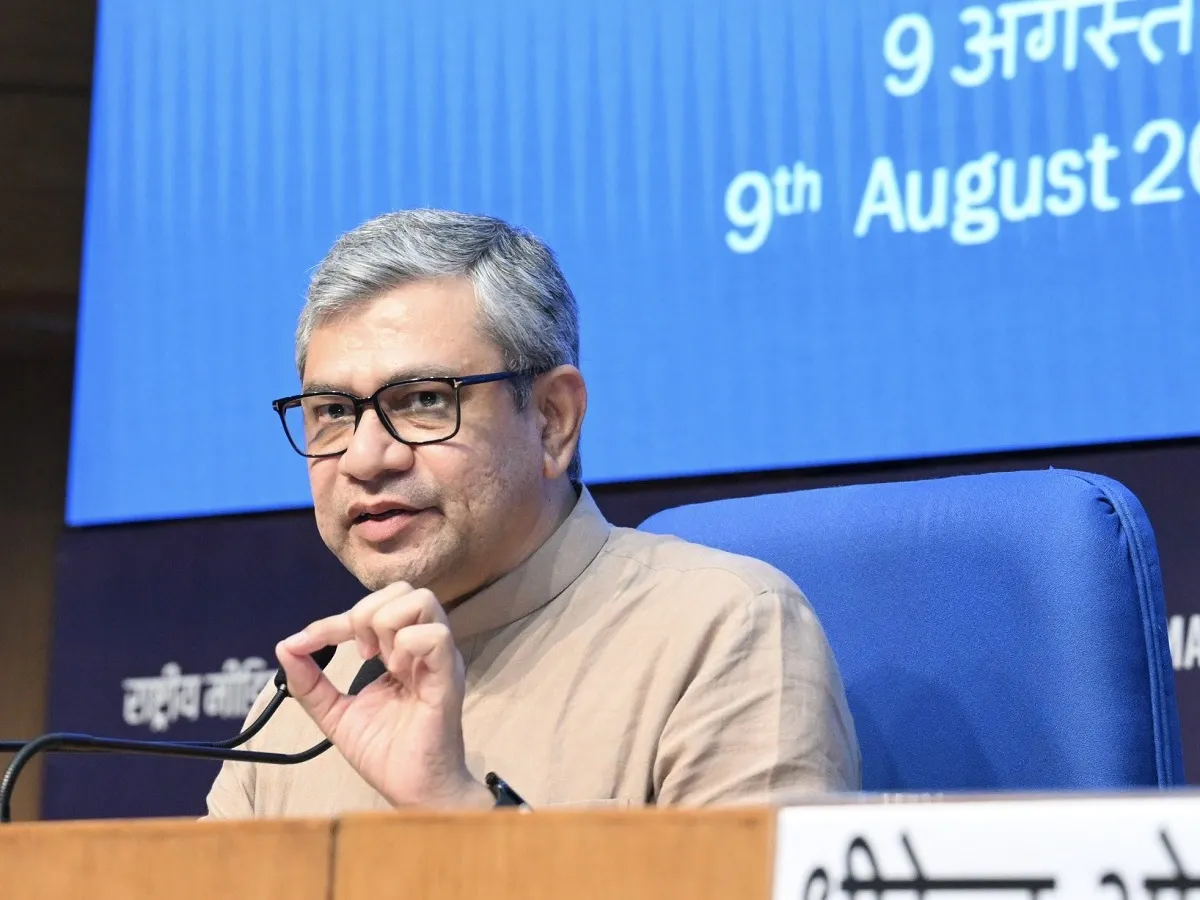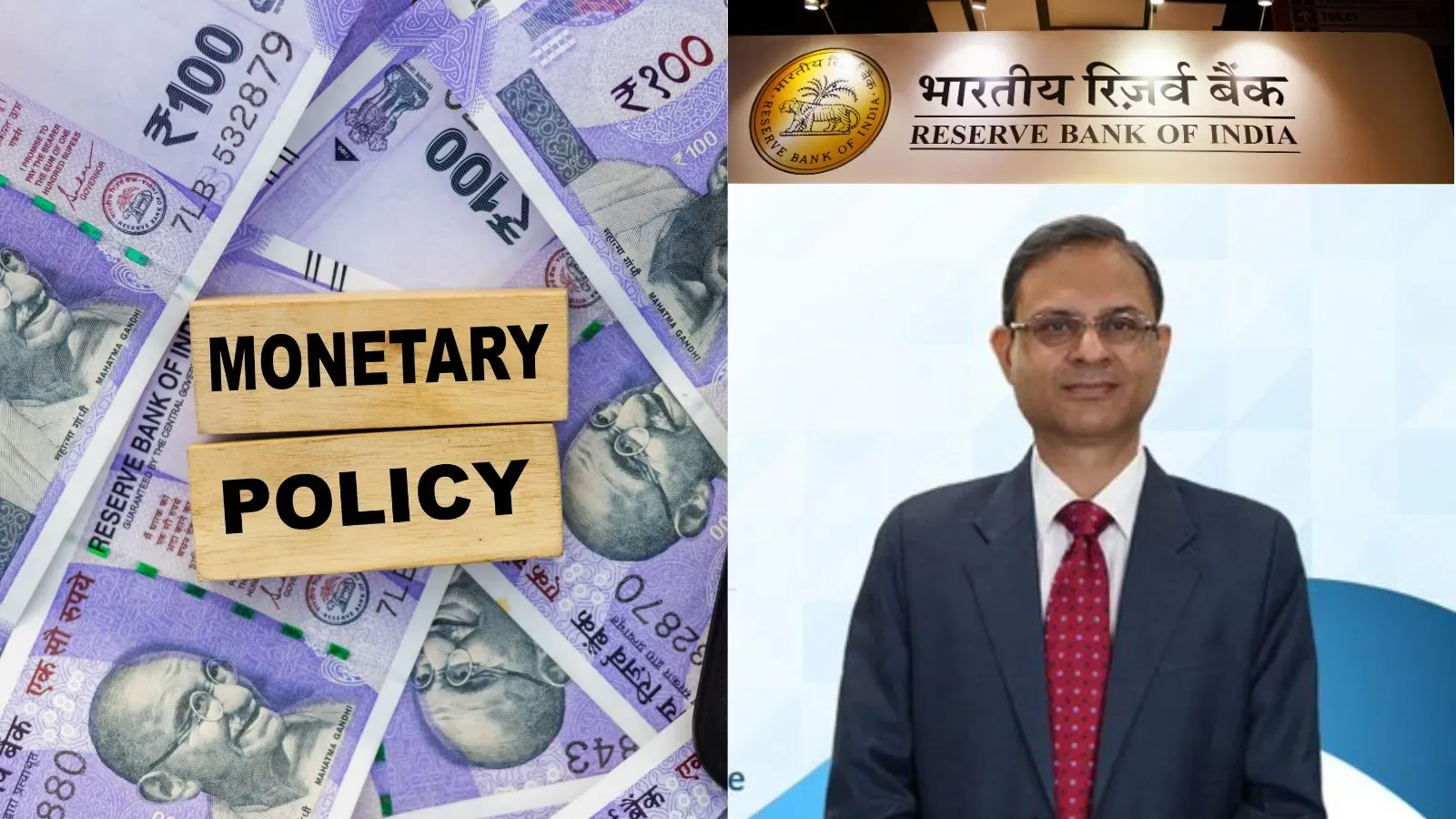Business News
Cabinet approves royalty rationalisation for 4 critical minerals used in green energy
.png)
3 min read | Updated on November 13, 2025, 11:04 IST
SUMMARY
Royalty on caesium and rubidium will now be 2% of the average sale price (ASP), zirconium 1%, and graphite 2–4% depending on carbon content.

Information and Broadcasting Minister Ashwini Vaishnaw at a Cabinet briefing.
In a bid to boost domestic exploration and production of minerals critical to India’s green energy and high-tech sectors, the Union Cabinet on Wednesday approved the rationalisation of royalty rates for graphite, caesium, rubidium and zirconium.
The Cabinet specified or revised royalty rates for the four minerals, bringing them in line with global pricing practices and the framework for critical minerals under the Mines and Minerals (Development and Regulation) Act, 1957.
I&B Minister Ashwini Vaishnaw told reporters that there was a need to change the royalty structure of a few critical minerals, as a very high royalty was imposed on them.
The Cabinet, he said, decided to reduce the royalty of caesium, graphite, rubidium and zirconium so that their production can be increased.
Under the new structure, royalty on caesium and rubidium has been fixed at 2% of the average sale price (ASP) of the metal contained in the ore produced.
Zirconium will attract a royalty of 1% of ASP.
For graphite, the rates have been set at 2% of ASP for ore with 80% or more fixed carbon and 4% for grades below 80%.
These elements have high usage in the country, especially in the electric vehicle, electronic manufacturing and strategic sectors, Vaishnaw explained.
Graphite and zirconium are also among the 24 critical and strategic minerals listed in the Mines and Minerals (Development and Regulation) Act, 1957 (MMDR Act).
Graphite is a crucial component in electric vehicle (EV) batteries, primarily serving as the anode material, which enables high conductivity and charge capacity.
The government said the revision will encourage the auction of mineral blocks containing these elements, unlocking deposits of associated critical minerals such as lithium, tungsten, rare earth elements and niobium.
Increasing domestic output of these minerals would help reduce import dependence, cut supply-chain vulnerabilities and generate employment, the statement said.
India currently imports nearly 60% of its graphite requirement, despite nine operational mines and 27 successfully auctioned blocks.
Another 20 blocks have been handed over by GSI and MECL for auction, while 26 more are under exploration.
Zirconium is widely used in nuclear reactors and high-performance industries due to its corrosion resistance, while caesium is essential for atomic clocks, GPS systems and medical applications. Rubidium is used in specialty glass, fibre optics and night vision systems.
The Cabinet’s approval comes as the Centre advances its sixth tranche of auctions for critical minerals, which includes five graphite blocks, two rubidium blocks and one block each of caesium and zirconium.
"Today's approval of the Union Cabinet on rate of royalty will help the bidders to rationally submit their financial bids in auction," the statement read.
By signing up you agree to Upstox’s Terms & Conditions
About The Author
Next Story

